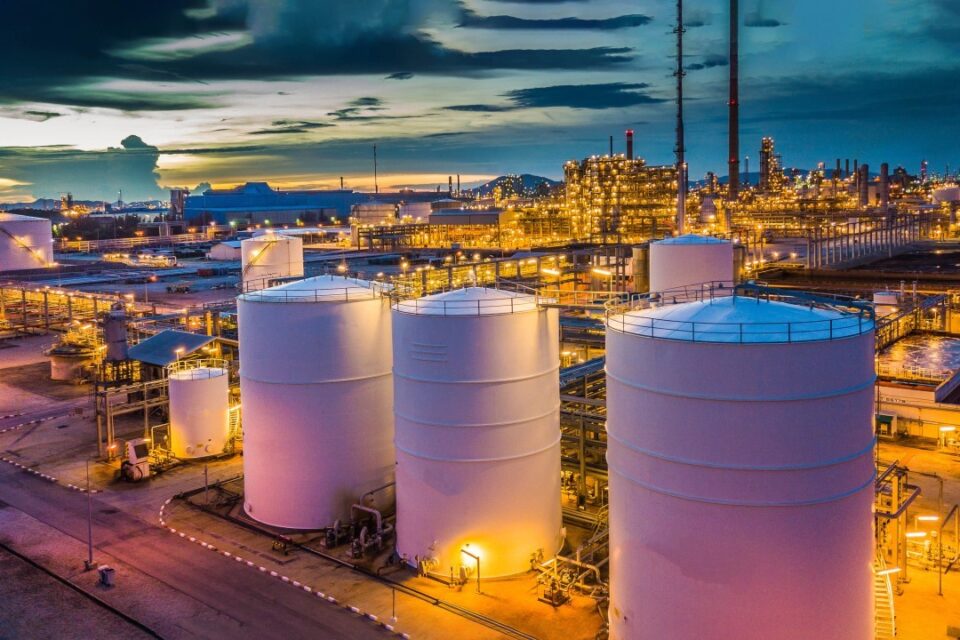Miro Cavkov, technical director – Downstream & Energy Advisory, Euro Petroleum Consultants (EPC), highlights the need for refinery operators to embrace new energy sources and feedstocks, alongside energy efficiencies, in the drive to reduce emissions
With the growing awareness of climate change and global sustainability goals, events like the annual COP conferences have shed light on the need for the energy industry, including refineries, to address these concerns and take meaningful steps to limit climate change
Despite the predictions of a declining market, petroleum still remains a crucial source of energy. Nevertheless, operators face numerous challenges, including stringent environmental regulations and product specifications. As a result, processing facilities, as well as their management and personnel, must adapt and embrace higher objectives, focusing on core efficiency and reducing harmful emissions in the form of CO, CO2, SOx, NOX, fine particles, and other environmentally unfriendly pollutants.
The energy transition is still in its early stages, and although 100% renewable energy is not yet fully capable to meet current and near-future demands, there are existing solutions and approaches that can be implemented within downstream processing facilities to significantly reduce Scope 1 and Scope 2 emissions. While these solutions may not be universally applicable, some regions and specific facilities may have certain advantages over others in their adoption and effectiveness.
Optimising production
Before introducing alternative energies in processing units, a refinery must first optimise production fuelled by conventional sources. Regardless of the fuel type (fuel oil or natural gas), energy efficiency must be prioritised by fine-tuning refinery heaters to avoid excessive fuel consumption. Key techniques to support this optimisation include applying high emissivity ceramic coatings on the heaters’ refractories and inside process tubes. Furthermore, the proper installation and maintenance of industrial-grade insulation plays a vital role, even though they are often overlooked. These measures are essential to pave the way for successful integration of alternative energy sources.
If the refinery’s fuel consumption remains higher than expected, even after optimisation, it is imperative to identify and address energy losses in refinery pipeline, steam and heat exchanger systems. In certain cases, specific hot points are difficult to detect through conventional monitoring and metering systems – this is because sensors are typically placed at the start and end points of production cycles. However, these systems can provide general insight on which areas need further investigation. To pinpoint problematic areas accurately, advanced tools like infra-red thermal imaging cameras and ultra-sonic flaw detectors are indispensable. These tools enable refinery field engineers to conduct thorough examinations and identify energy loss areas precisely, paving the way for effective solutions to make further energy savings.
After optimising the heat and production units to their optimum settings, the operator can then explore the possibilities of integrating new energy sources, both for internal use within the refinery and also as a potential feedstock




